Sightseeing Spots
Search Results314
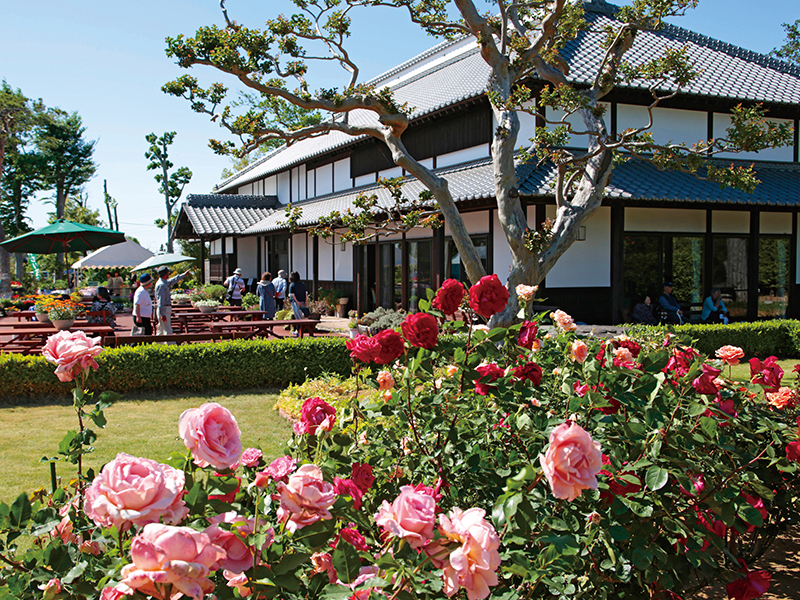
From the moment you pass through the Nagaya gate, you will find yourself in an atmosphere of peace and nostalgia in this old traditional house. In the garden, roses are in full bloom, and inside the facility there is a restaurant where visitors can enjoy a meal and a local produce specialty store for buying fresh vegetables. This is the perfect place for a relaxing time.

This is a unique factory tour facility where you can have fun learning about the world of sweets! You can observe the manufacturing process of Pocky and Pretz up close, learn about chocolate in a fun way, enjoy a quiz tour, see the museum zone where 1500 toys are exhibited, and even take part in a workshop to make your own sweets! This is a spot for not only children but also adults to enjoy through a wide variety of hands-on experiences!
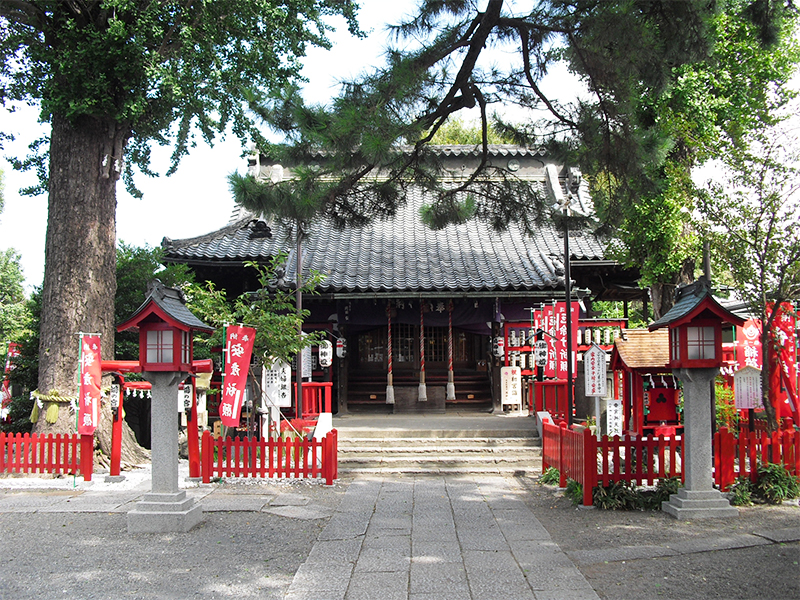
This is the main shrine of Konosu City, where the legend of the konotori (stork), also believed to be the origin of the cities name, has been handed down to this day. In 1873, Raiden Shrine, Kumano Shrine, and Hikawa Shrine were combined to form Kou Shrine. At the end of the year, they hold a Tori no Ichi fair (festival celebrating good fortune and business prosperity).
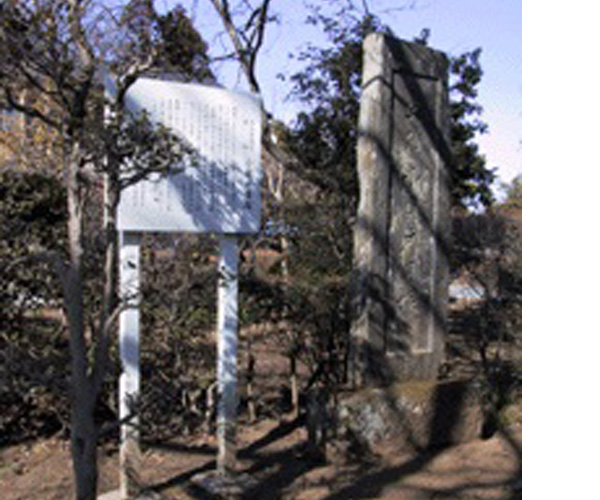
A shell midden (refuse mound) from the first half of the Jyōmon period (about 7,000 years ago). At this time in history, the climate was warmer and the ocean was more inland compared to now. The mound mainly consists of the Japanese basket clams that inhabit the brackish waters of the region, but there are also shells of the Japanese littleneck clam, common Orient clam, and blood clam. The mound is located behind the Kannon statue in the fifth temple of the Adachi Bandō pilgrimage route.
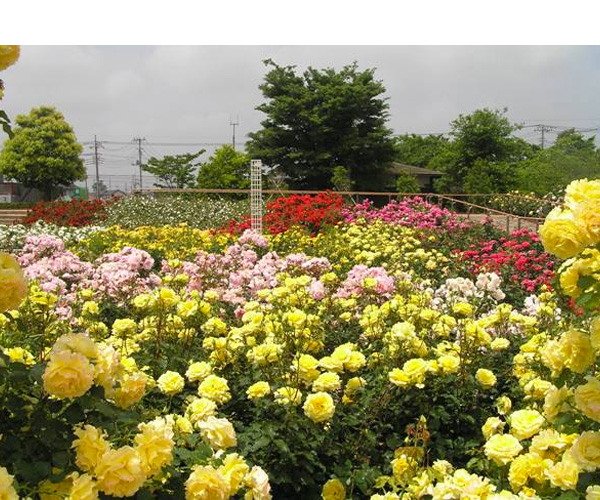
Saitama prefecture's largest rose garden blooms twice a year, once in spring and once in autumn. The best times to visit are from early May to early June and early October to mid-November. There are over 400 varieties and more than 5000 individual roses in this garden of overwhelming beauty. There is also a garden of hydrangeas that blooms in June. Walk through the park and enjoy the relaxing atmosphere, finding various sport and recreation facilities, waterside areas, playground equipment, large sandpits, and much more, which come together to create a stimulating environment with something for everyone!
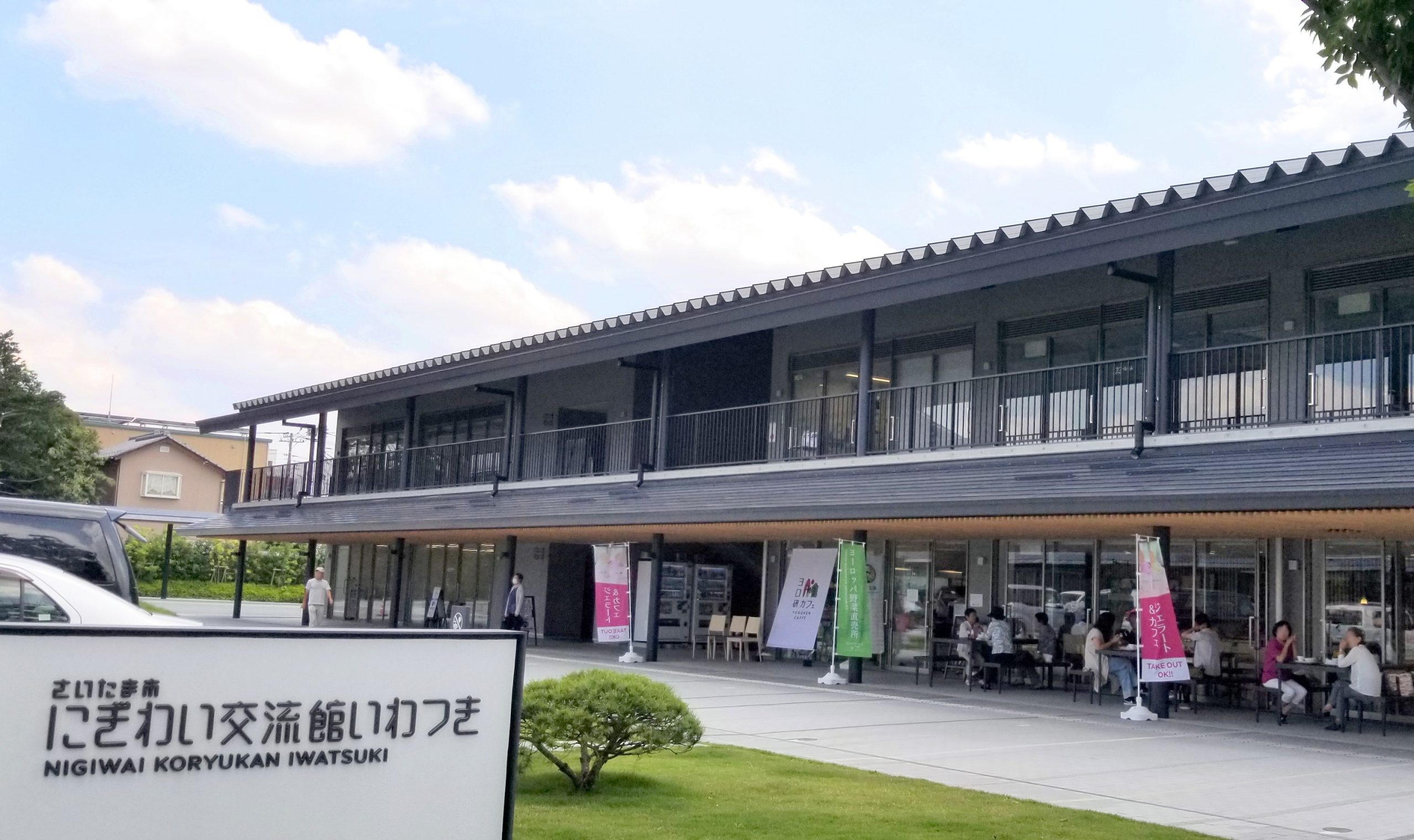
At our exchange center, attached to the Iwatsuki Doll Museum, we promote the history and culture of Iwatsuki. You can participate in various fun events, try cafe menus, local specialties, eat delicious locally harvested vegetables, gain new knowledge, and meet new people! This is a joyful place where people and information come together.
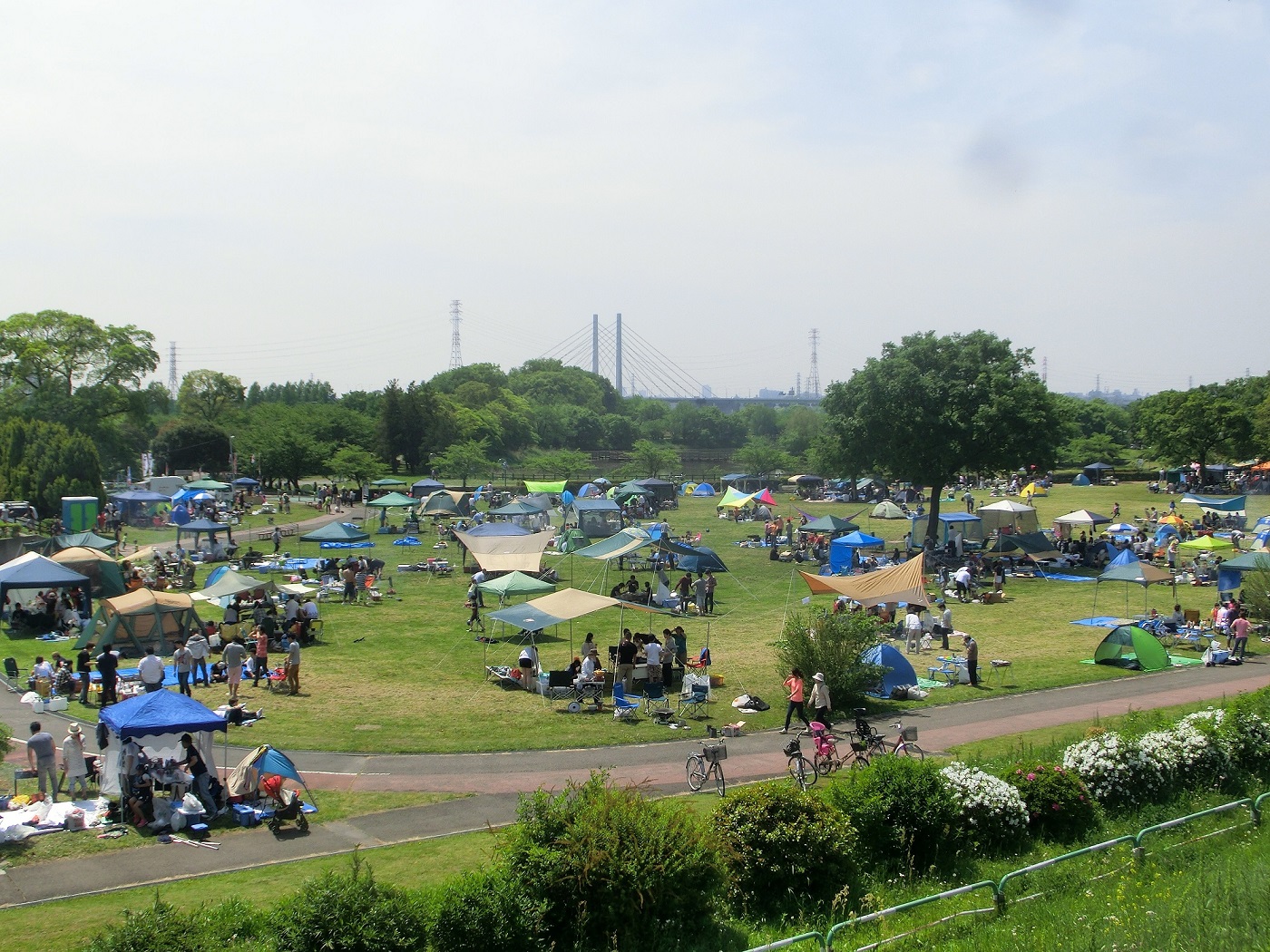
"Saiko" is a park developed along the Arakawa riverbed retention basin that's filled with nature; with the blooming of Japanese primrose and the beautifully maintained fields, visitors can relax and enjoy the change of the seasons. There is a spacious BBQ area where visitors can choose between a free area with no reservation required, and an area with BBQ prepared which requires a reservation. There are also tennis courts, dog friendly spaces, fishing spots and the lakeside area is a popular spot for cycling and windsurfing. With easy access by car, the park attracts more than one million visitors a year!
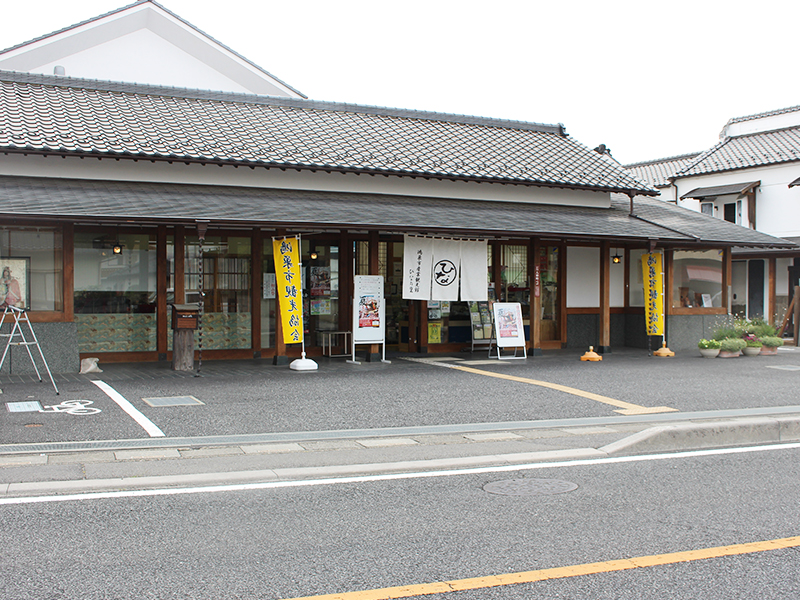
There are many exhibits that tell the history of Konosu Town as well as hina dolls and akamono dolls, a warehouse built in the Meiji period (designated as an important building of Saitama Prefecture's landscape), and a stage decorated with mosaic art. The museum also provides sightseeing information and sells local specialties. Make sure to stop by for an enjoyable time!
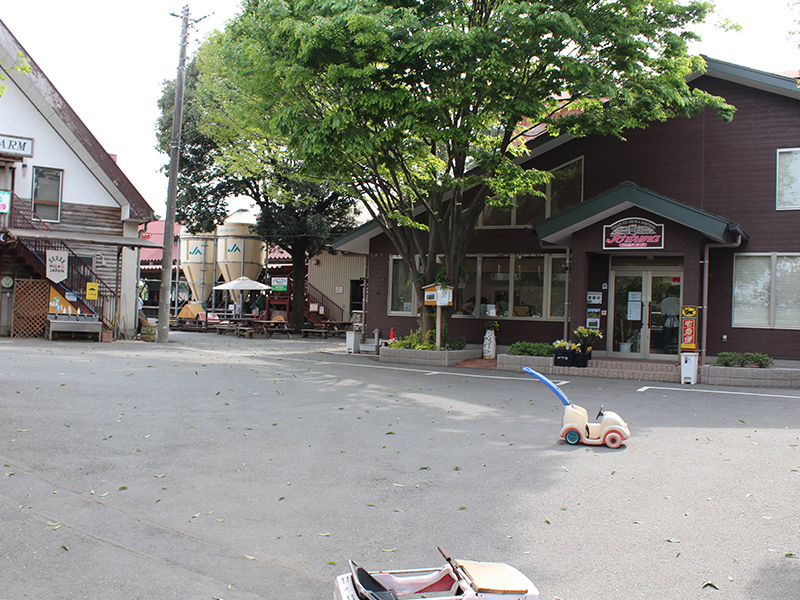
This dairy farm allows visitors to experience farm life and enjoy freshly made gelato ice cream and yogurt. In addition to dairy cows, the farm is home to a variety of animals, including chickens, Japanese Bantam (ornamental chickens), mini pigs, rabbits, guinea pigs, and more. Kids can also play with toy cars and tricycles donated to the farm by locals. Enjoy the view of the Arakawa River and its surrounding nature while tasting some of the best fresh gelato ice cream you've ever had. Enoboku, a miniature Hokkaido, hidden in the beautiful Ageo!

Hana no Oasis (flower oasis) is a park located in the Teraya district, the birthplace of flower production in Konosu. In spring, a tulip festival is held among 40,000 tulips. In autumn, you can enjoy the late-blooming sunflowers.
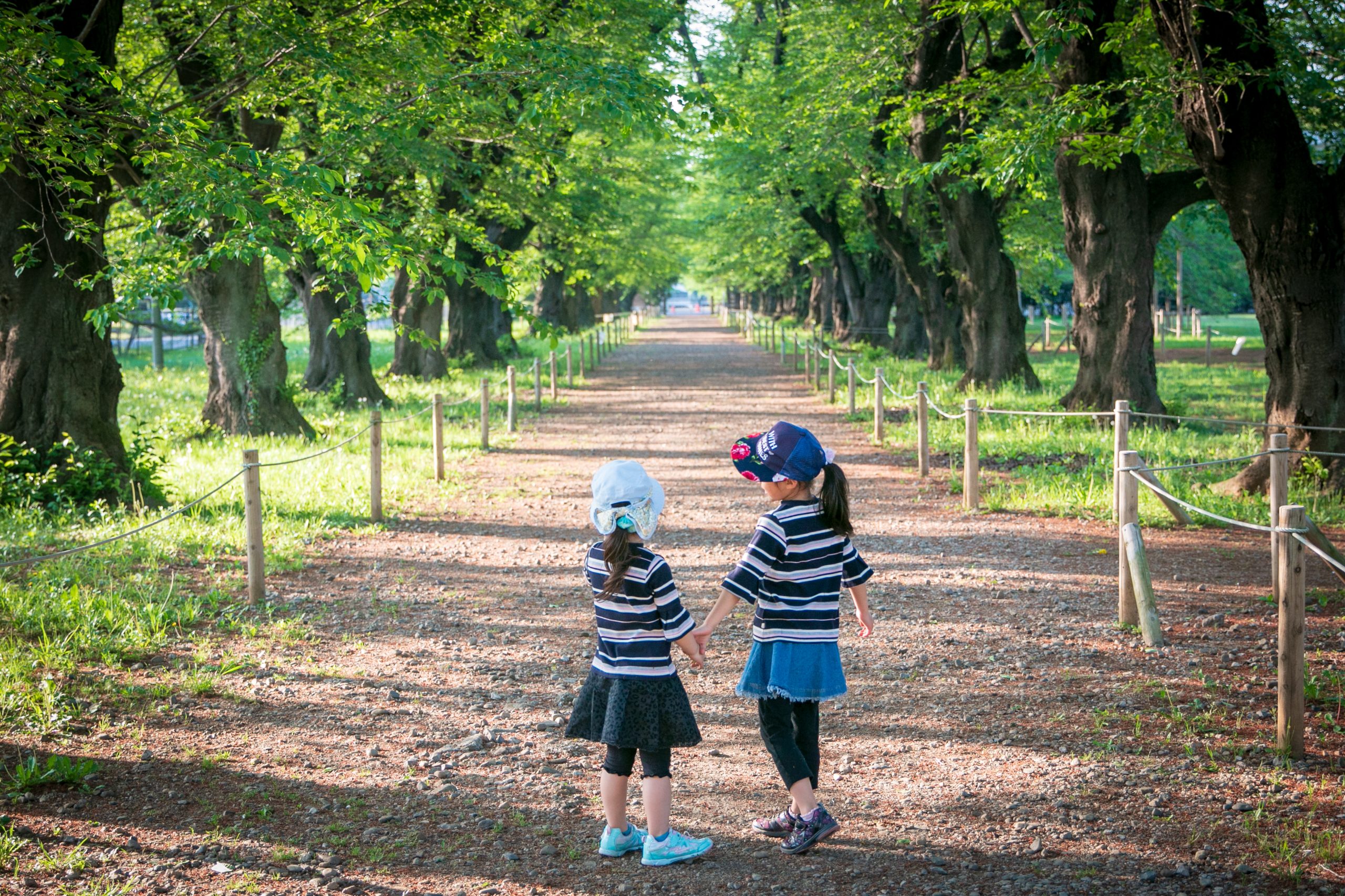
"Musenyama, KDDI Forest" is number thirteen of the fourteen designated Green Trust Conservation sites in Saitama. Located on the eastern edge of Ōmiya Plateau, the area consists mainly of jolcham oak and other deciduous broad-leaved trees. On the west side, there is also a row of Yoshino cherry blossom trees that attract many people in the spring. There was once a station for wireless transmission belonging to KDDI Corporation located here. As a result, the mountain area was nicknamed "Musenyama" (the wireless mountain), by locals.

We sell over 450 types of souvenirs representing Saitama. In addition to the well-loved Sōka Sembei (rice cracker), we also sell many popular products unique to the Saitama area, such as Koedo Kawagoe Imo (sweet potato) sweets, Ajino Sayamacha, locally brewed alcohol and traditional crafts and goods featuring Saitama Prefecture’s mascot “Kobaton."

Visitors can learn about the rich nature and national treasures of Ina Town through the comprehensive exhibitions on local nature, geography, history and folklore on display. This museum moved to inside Ina Municipal Minami Junior High School in April 2016. Feel free to stop by, view the exhibitions and deepen your love and understanding of the wonderful Ina Town.
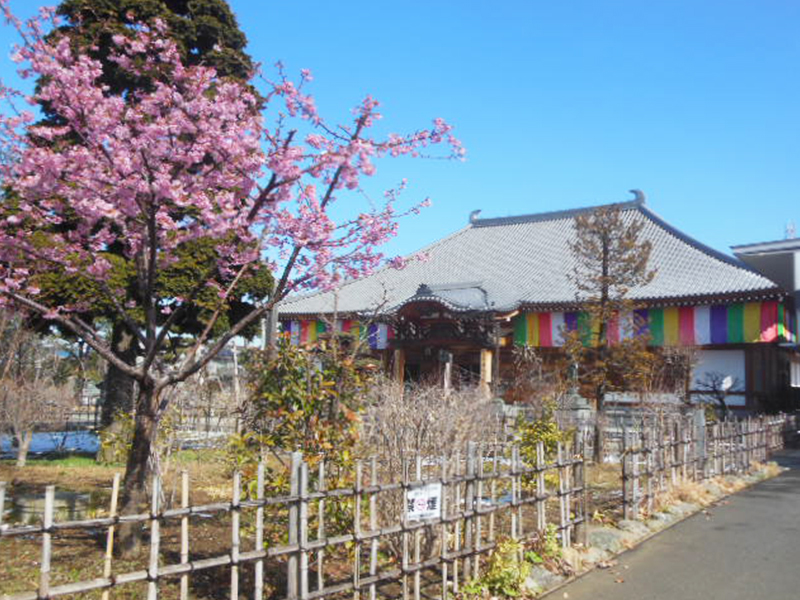
Henjoin Temple was founded in 1394 during the Muromachi period Oei Era (1394). The main deity of the temple is the Great Sage Fudo Myoo. He is believed to take the form of pure anger in order to guide those whose sins are so deep that they can't be brought on the right path in any other way. He is worshipped as a Buddha who fulfills wishes, prevents disasters, and provides wealth.
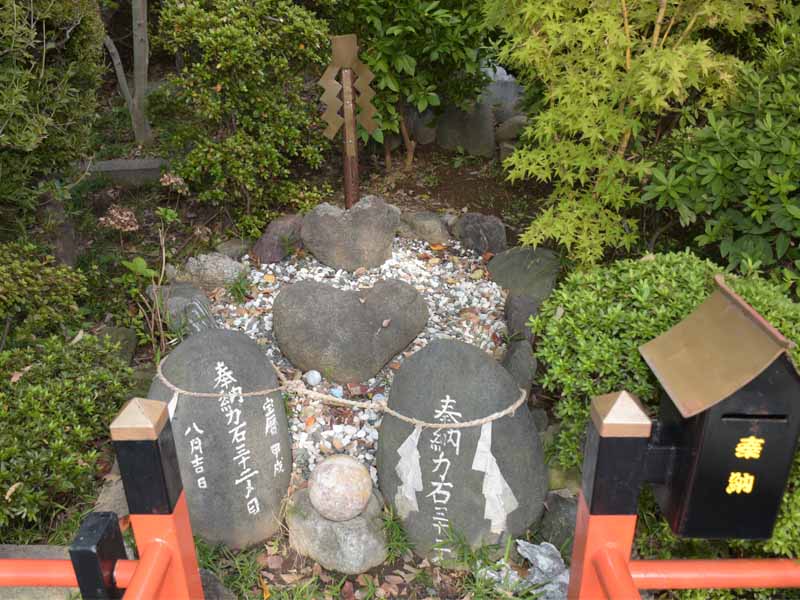
The date of its establishment is unknown, but it is said to have been built either in the Meiō period (1492-1501) or in the first year of Jokyo (1684). It is said that when a Buddhist priest named Genkai visited the Fushimi Inari, he built a sutra mound with 10,000 Lotus Sutras buried inside. In the precincts, you can also find a shrine dedicated to Shingoro Takahashi and his wife Ise, who developed Warabi's textile industry, and a heart-shaped stone known to grant visitors success in their pursuit of love.

Hikawakuwa Shrine has been a local favorite since its establishment during the Edo period. In addition to the main shrine, the grounds include two halls dedicated to the god of learning, Tenjin, and Chinese philosopher, Zhu Xi. There is also a shrine monument to the life of Unmuro, the Hall of Prince Shotoku, and the Sengen Shrine.
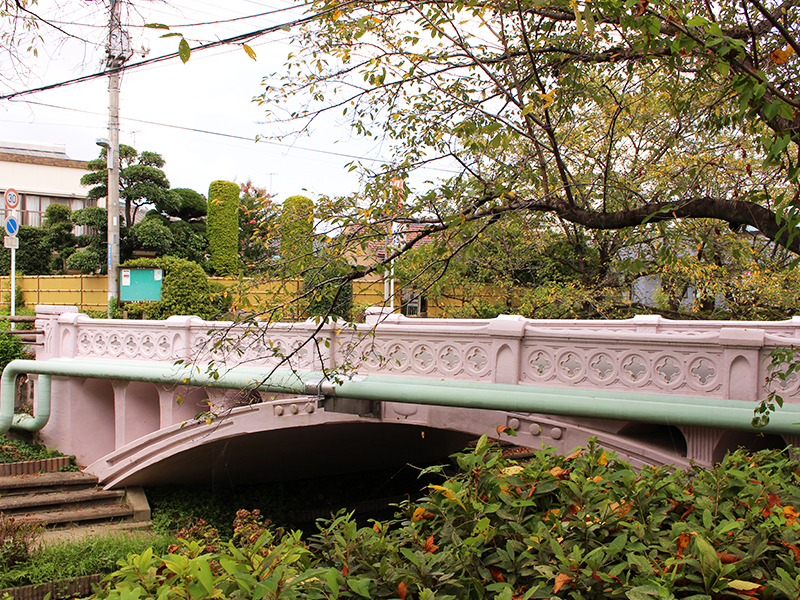
Eight of the total sixty-one kilometers of the Motoara River run through the Fukiage area. There are seventeen bridges on the river, including the Shinsaga Bridge, a Civil Engineering Heritage Site selected by the Japan Society of Civil Engineers. Many of the bridges are decorated with poems and sculptures, making exploring them a perfect activity for some leisurely sightseeing!
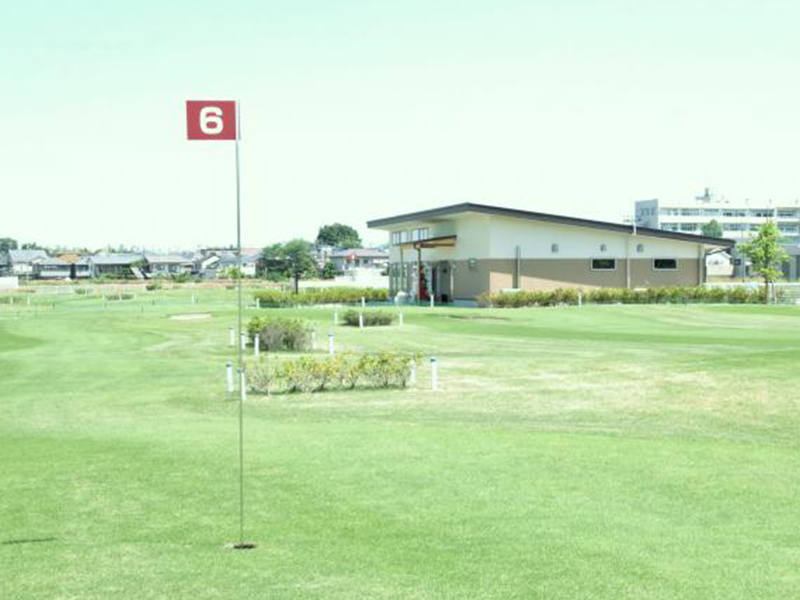
This district park is known for its stunning lawn of green grass and 18-hole golf course. In addition to the golf course, there is also a children's area, a multipurpose plaza, and a parkway that can be used for jogging and other activities. The park enables people from different generations to meet and enjoy spending a relaxing and healthy time together outdoors.

The dam constructed on the Arakawa River in Yorii Town is called the "Tamayodo Dam," and the artificial lake created by the Tamayodo Dam is known as “Lake Tamayodo (Tamayodoko).” Visitors can enjoy activities such as canoeing and rafting on this peaceful lake known for its highly transparent water and surrounded by forest. It is also a famous spot for autumn leaves in Yorii Town.
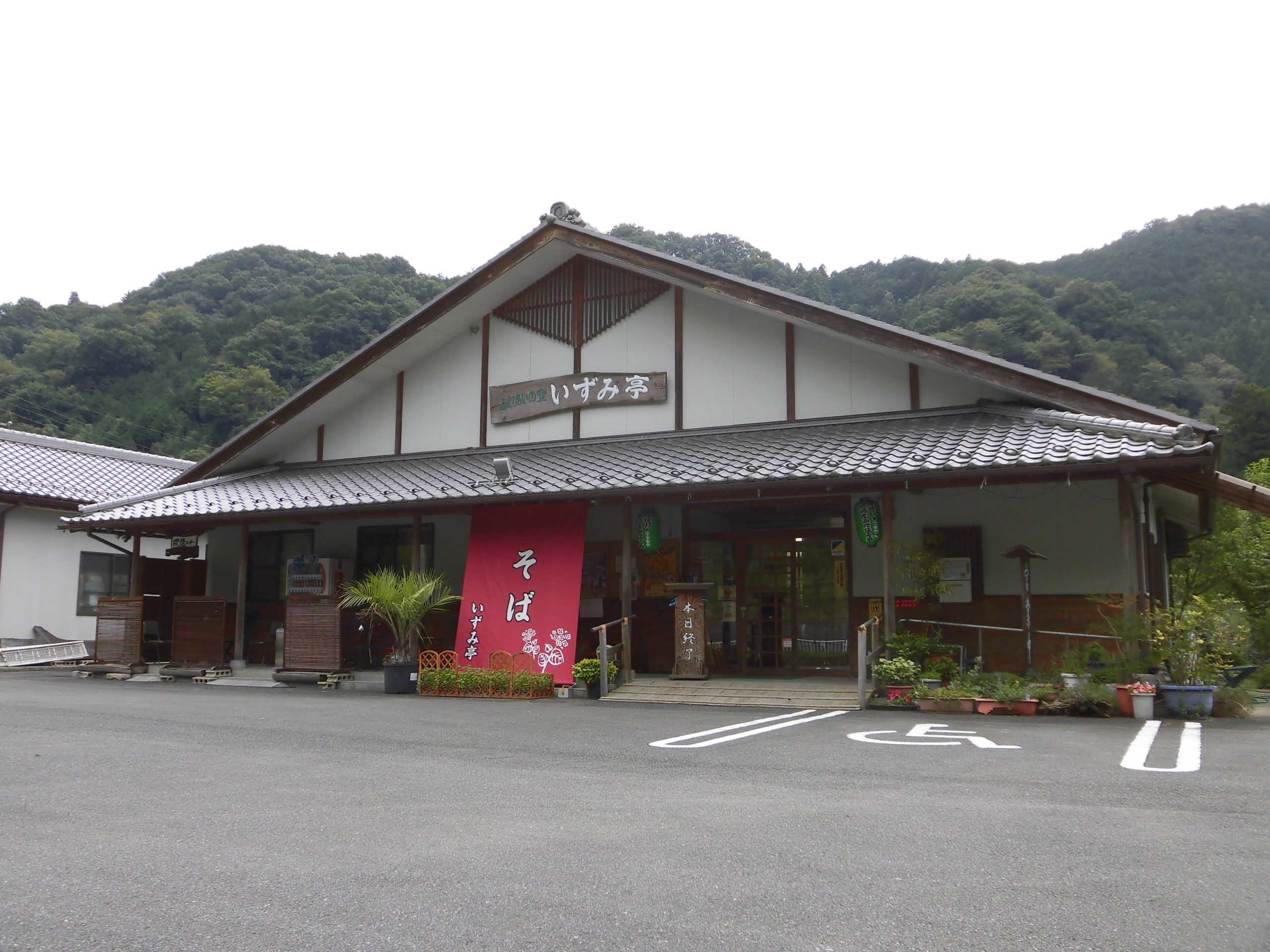
A shop that sells handmade soba made from 100% local buckwheat flour. They also use ingredients which are grown pesticide free or use 50% lower pesticides certified by the prefecture. Izumi-tei offers dishes made from ingredients at the peak of freshness and cultivated with the highest level of safety. Soba making experiences are also available with a reservation.
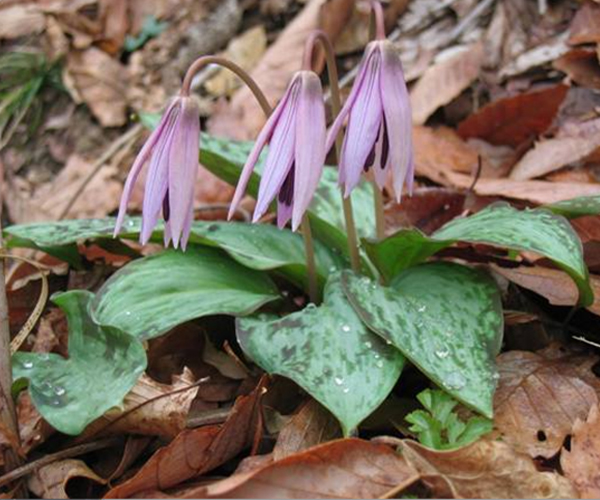
As spring approaches, the Asian fawn lily blooms throughout the mountains and forests of the Tsuburata district. The area is bustling with hikers during the peak bloom season of late March to early April.
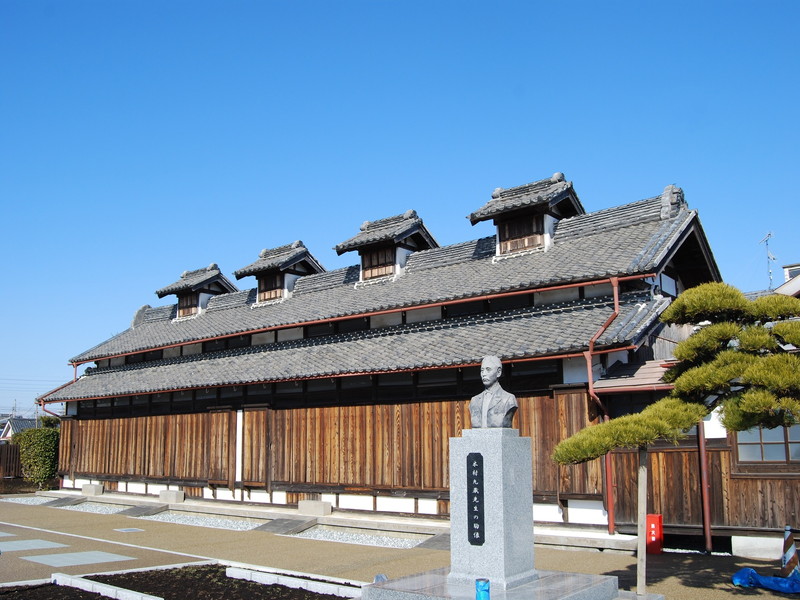
Built in 1894 by Kimura Kuzō, a company that pours its utmost effort into improving sericulture technique, this facility is a designated cultural property of Saitama Prefecture. It is a modernized inheritance (Silk Industry Heritage) where visitors can get a glimpse of the industry of sericulture.

Aketo Farmers Market is a direct sales market founded by investments from local farmers who wished to provide fresh vegetables from the production center of "Fukaya" directly to consumers, and is operated by Aketo Farmers' Market Ltd. They sell local agricultural products and processed goods which are manufactured using local ingredients.

Hanazono Forest is a sweets theme park modeled after a quiet European mansion, just two minutes away from Hanazono Interchange by car. Baumkuchen, sweets and souvenirs perfect as gifts, cakes and gelato specially selected by pastry chefs, freshly baked bread and outlet products are also available. Enjoy your favorite pastry or bread while strolling in the vast, beautiful rose garden.
This site uses cookies to improve the user experience. If you continue to browse, you consent to the use of cookies on this site. Accept
CONTACT
